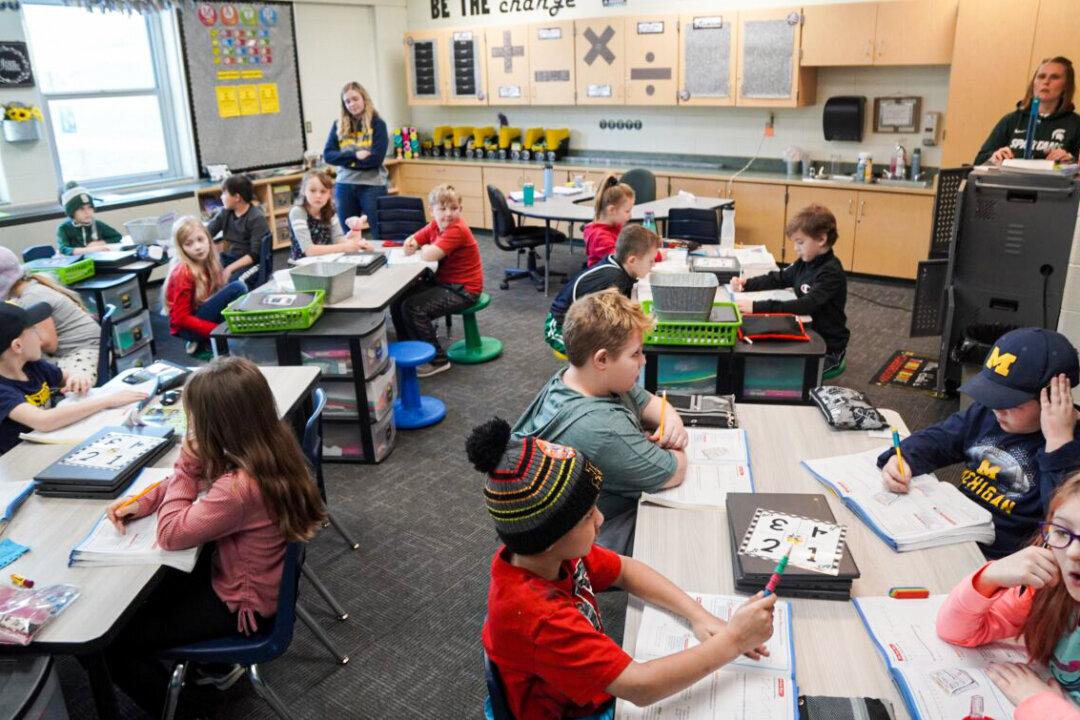Michigan’s K-12 education system has a “statewide pandemic recovery problem,” and more money is the answer, a nonprofit research group says.
As a result of two decades of “underinvestment,” the recovery of Michigan students from learning loss caused by school closures during the COVID-19 pandemic is “not going well,” according to a 2025 State of Michigan Education Report released this month by Edtrustmidwest (ETM), a nonpartisan research, advocacy, and technical assistance group.





